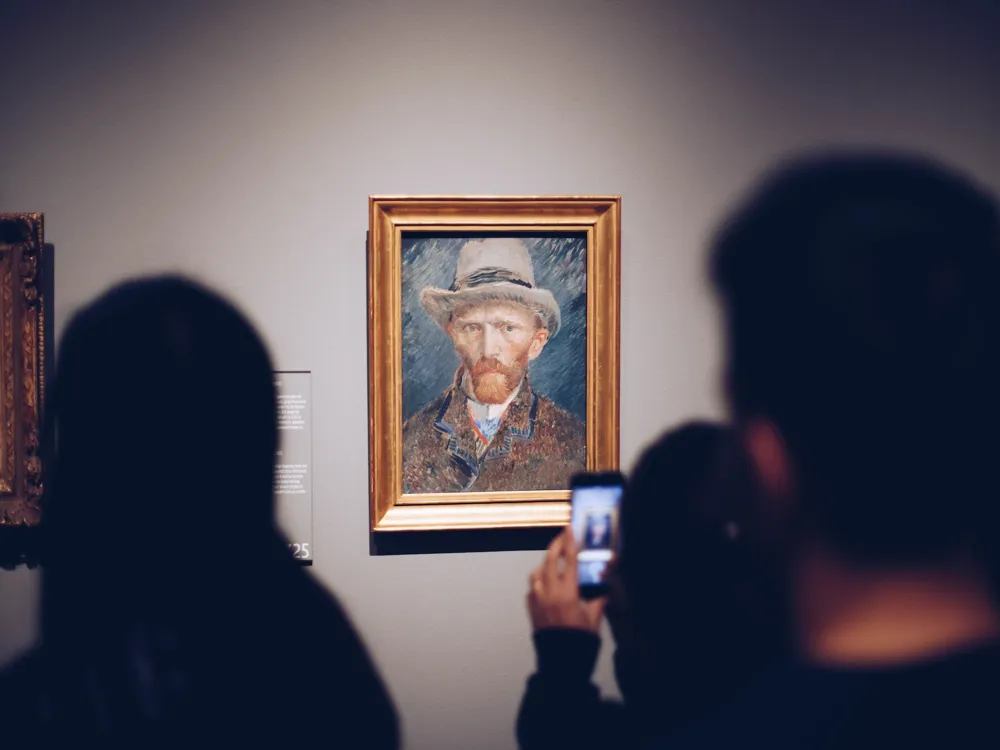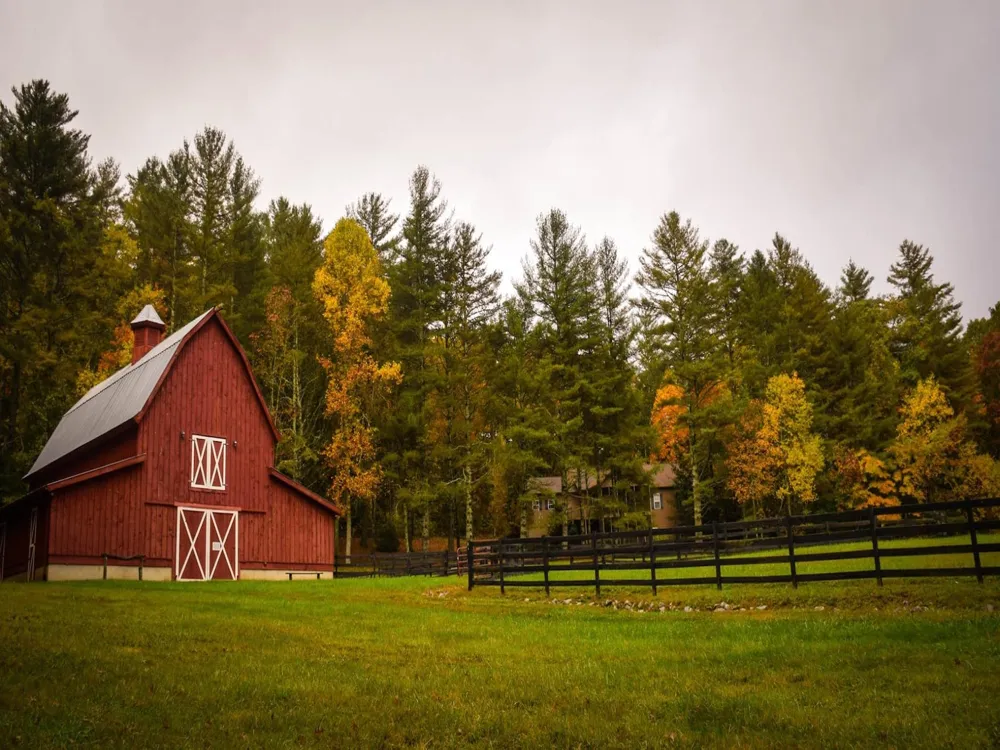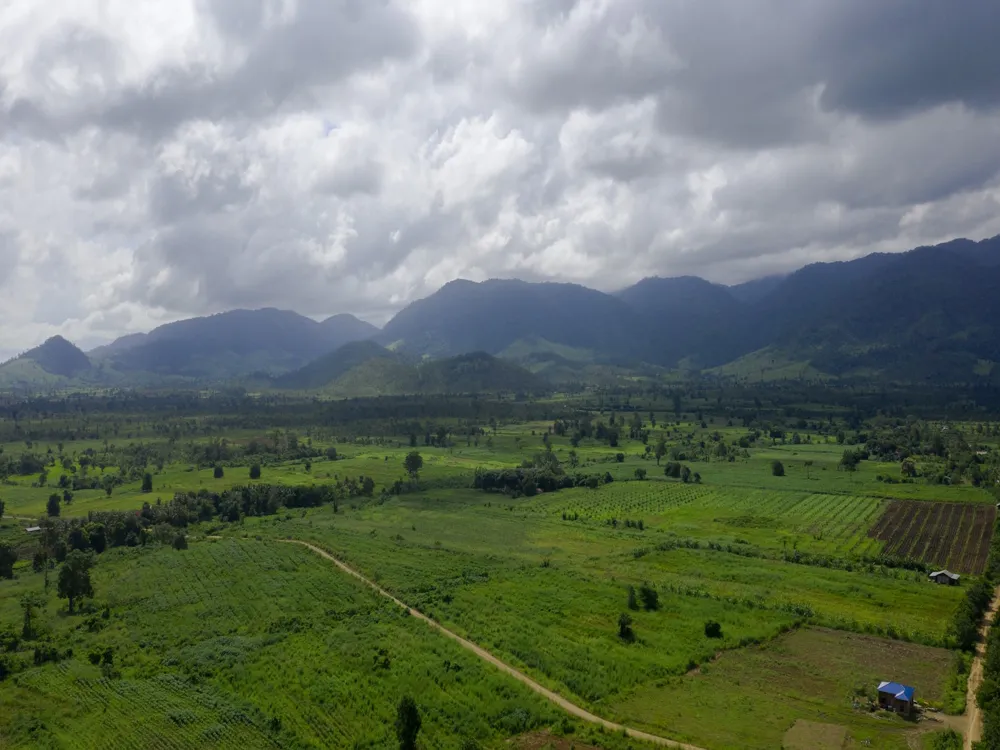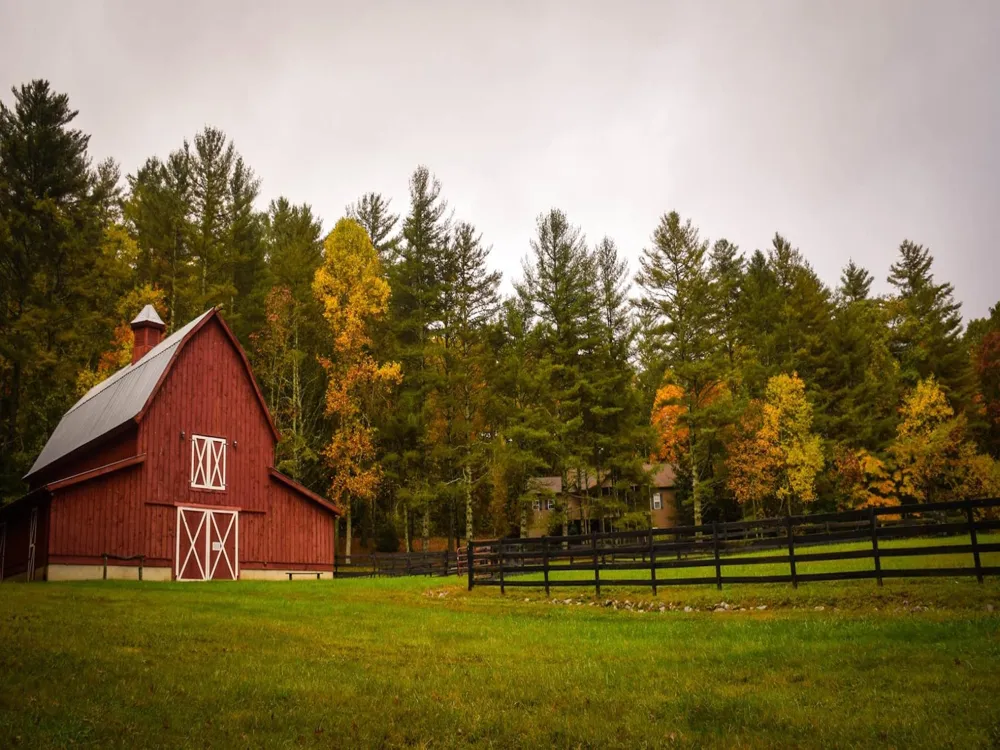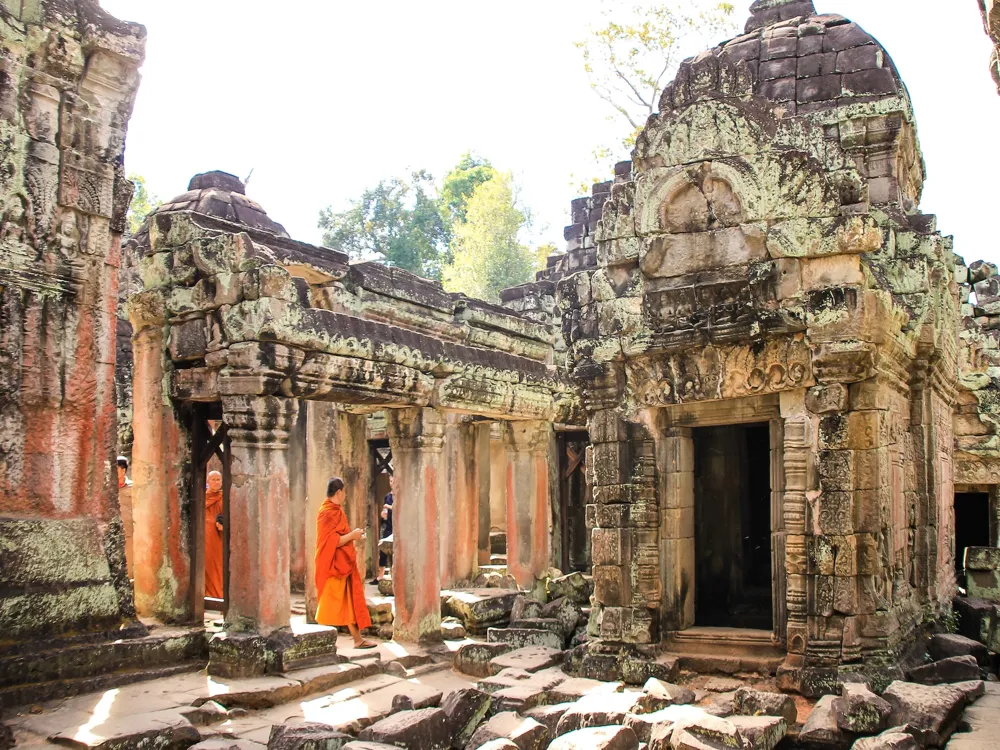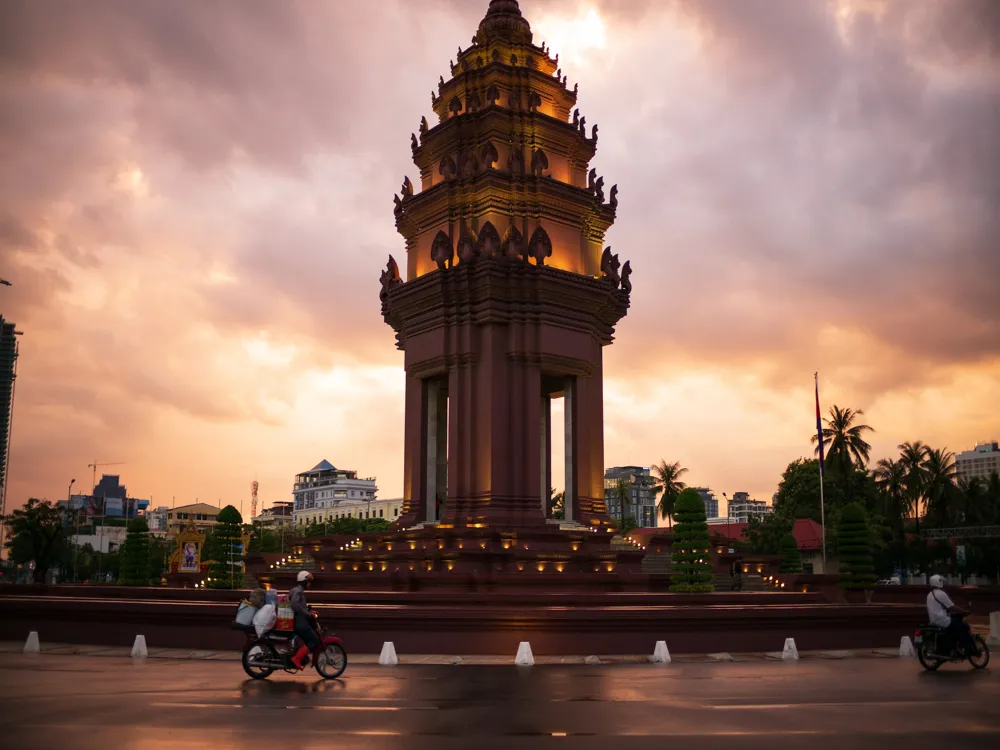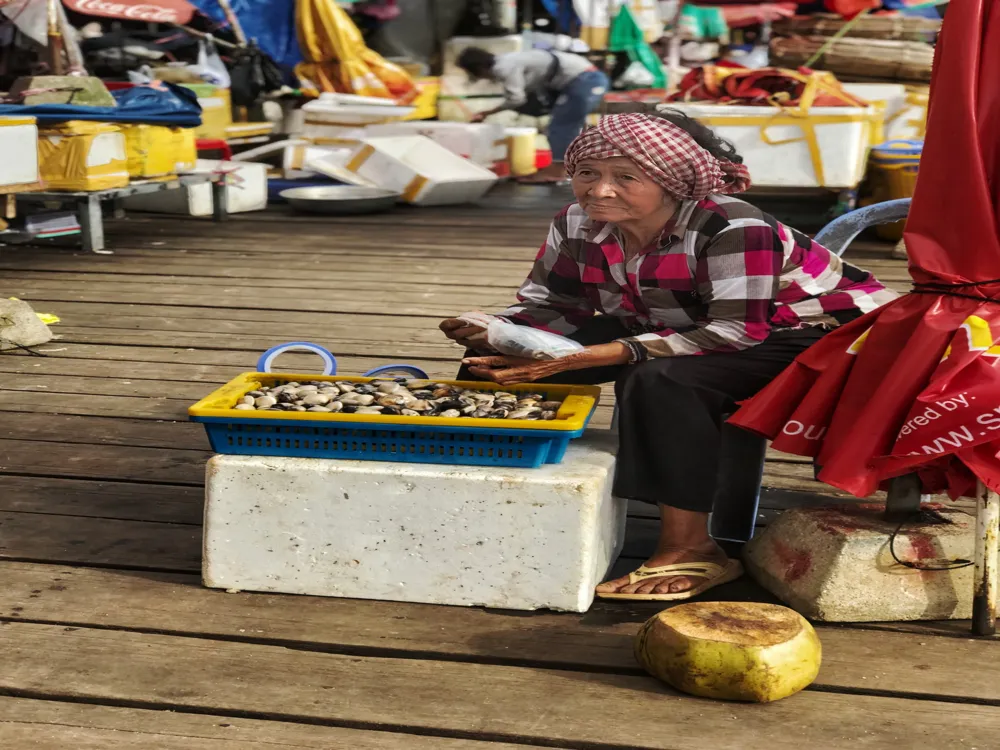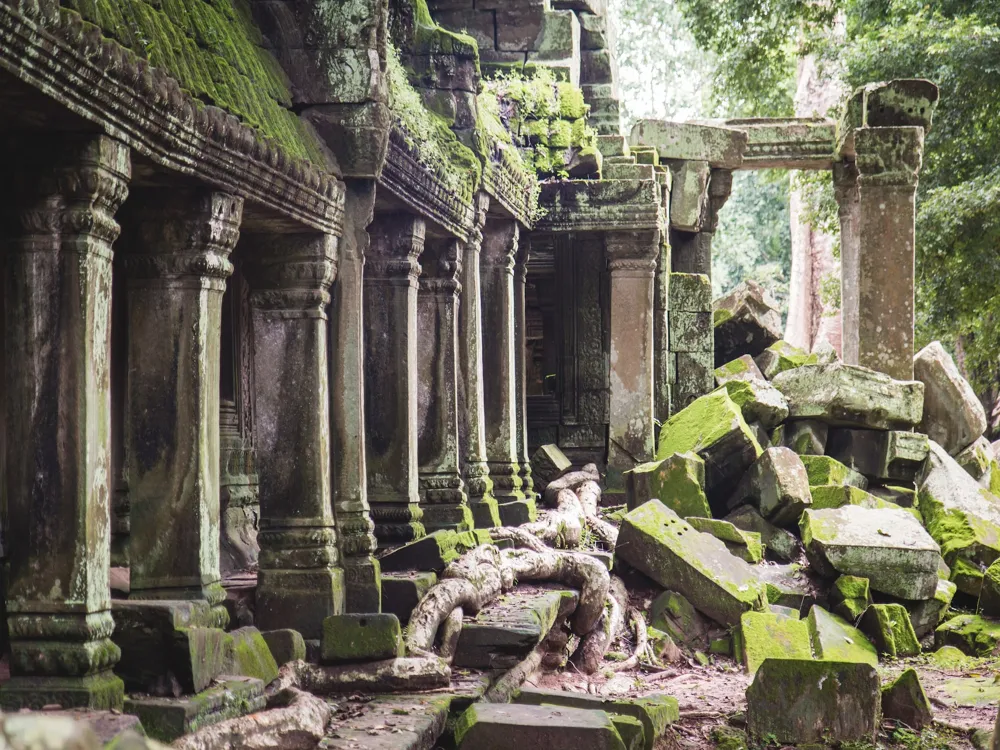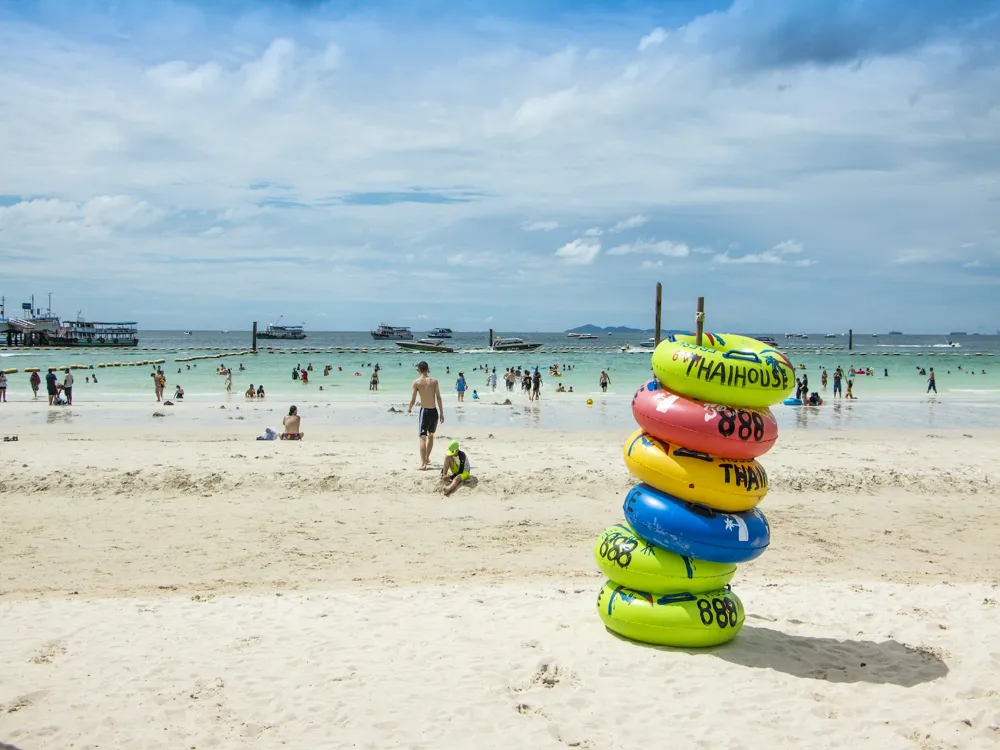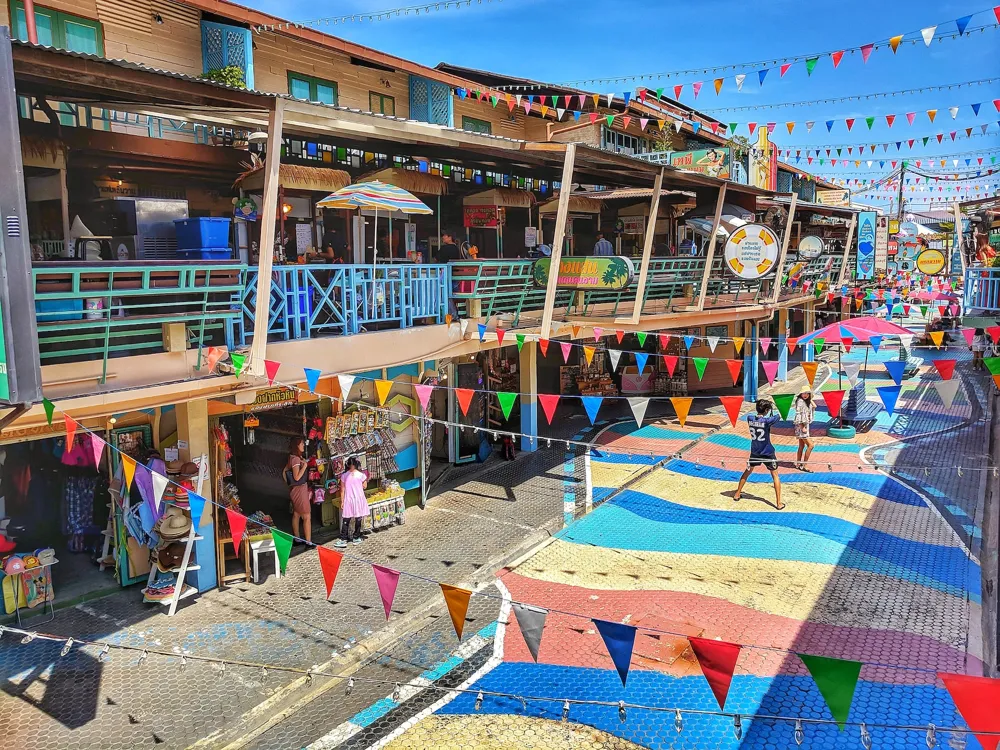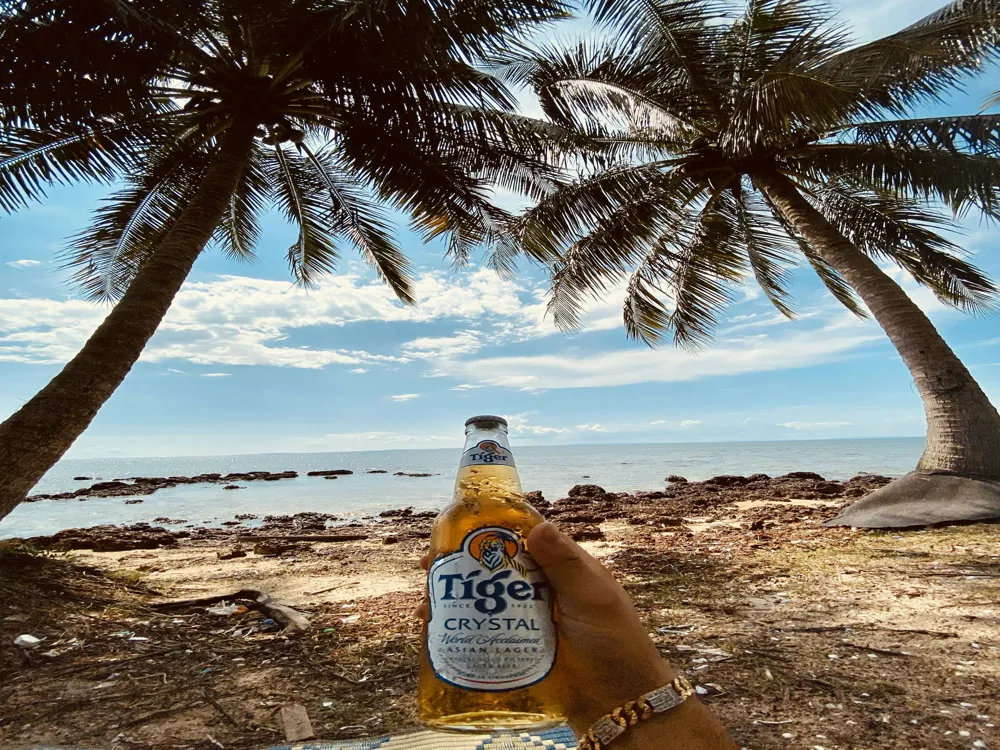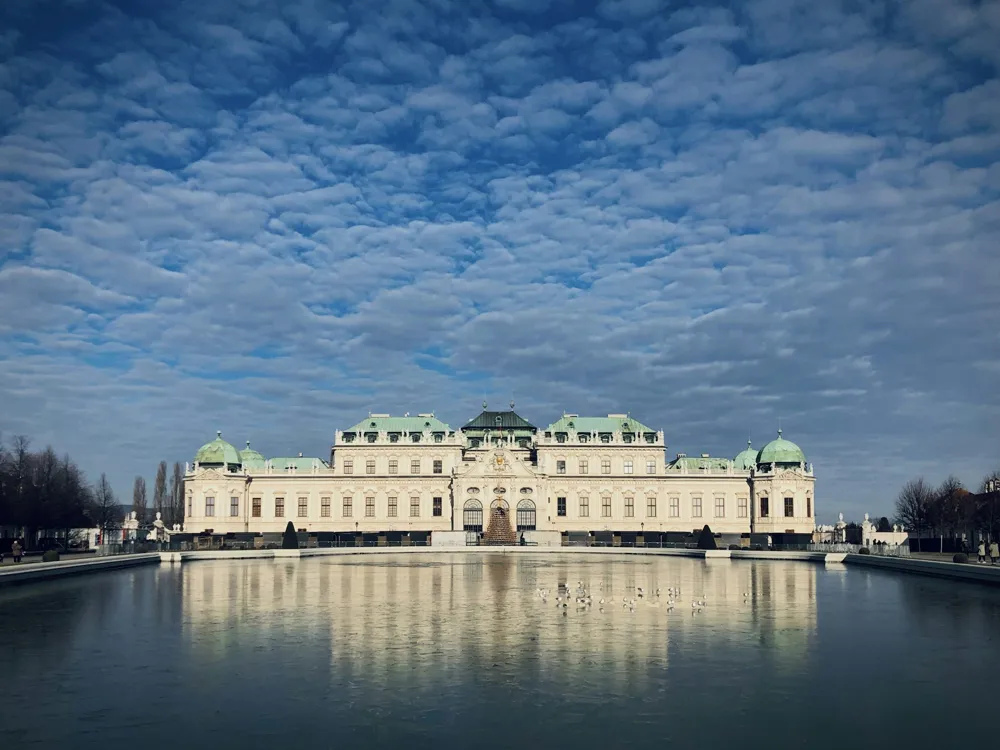Phnom Sampeau, a remarkable site located in the Battambang province of Cambodia, stands as a testament to the region's rich history and cultural heritage. This natural wonder, characterized by its stunning limestone hills, is not just a geographical landmark but also a site of significant historical and spiritual importance. The name 'Phnom Sampeau', which means 'Ship Hill' in Khmer, is derived from its unique shape resembling a ship. This site, steeped in legends and folklore, offers a captivating blend of natural beauty and historical intrigue.
Visitors to Phnom Sampeau are greeted by a serene yet powerful landscape, where nature and spirituality intertwine. The area is known for its intricate network of caves, each holding its own story. The most famous of these is the Killing Cave, a solemn reminder of Cambodia's troubled past during the Khmer Rouge regime. In contrast, the site also houses vibrant temples and pagodas, showcasing the resilience and spiritual depth of the Cambodian people. These structures, adorned with traditional Khmer architecture, are not only places of worship but also serve as guardians of the nation's history and culture.
[1500 words of detailed content about the history, geography, cultural significance, and legends associated with Phnom Sampeau, including descriptions of its natural beauty, wildlife, and the daily life of locals living around the area.]
The architecture of Phnom Sampeau is a fascinating amalgamation of natural formations and man-made structures. The site's most prominent architectural features are its ancient temples and pagodas, which are exemplary of traditional Khmer design. These structures, some dating back several centuries, are characterized by their intricate carvings, ornate decorations, and distinctive tiered roofs. The use of stone and wood in construction, along with the integration of Buddhist and Hindu motifs, reflects the religious and cultural diversity of the region.
The temples and pagodas at Phnom Sampeau are not just architectural marvels but also serve as symbols of Cambodia's rich spiritual heritage. The Wat Sampeau Moi Roi, a temple complex within the site, is particularly noteworthy. It features a series of Buddha statues, each telling a unique story from Buddhist lore. The construction techniques used in these buildings, passed down through generations, demonstrate the ingenuity and craftsmanship of Khmer architects. Moreover, the way these structures harmonize with the surrounding landscape highlights the Khmer people's deep respect for nature.
[1500 words of detailed content exploring the architectural styles, construction techniques, religious symbolism, and artistic elements found in the temples and pagodas of Phnom Sampeau, including an analysis of how these structures have withstood the test of time and the impact of natural elements on their preservation.]
The ideal time to visit Phnom Sampeau is between November and February when the weather is cooler and more comfortable for exploring. This period also coincides with the dry season, ensuring easier access to the caves and temples.
When visiting the temples, it is respectful to wear modest clothing that covers the shoulders and knees. Comfortable walking shoes are recommended as there is a significant amount of walking and climbing involved.
Hiring a local guide can enhance your visit, providing insight into the site's history and legends, as well as ensuring you don't miss any hidden gems.
Visitors are encouraged to respect the natural and historical significance of Phnom Sampeau by avoiding littering and adhering to designated paths to protect the environment and structures.
Phnom Sampeau is located about 12 kilometers southwest of Battambang city. It can be reached by various means of transportation. The most popular way to get there is by tuk-tuk or motorbike, which can be rented in Battambang. The journey offers a scenic route through the Cambodian countryside, providing a glimpse into rural life. For those preferring a more organized approach, several tour operators in Battambang offer guided trips to Phnom Sampeau, often including other nearby attractions in the itinerary.
For international travelers, the nearest major airport is in Siem Reap. From Siem Reap, one can take a bus or private car to Battambang, and then proceed to Phnom Sampeau. The journey from Siem Reap to Battambang itself is an experience, showcasing the diverse landscapes and cultural richness of Cambodia.
Overview of Phnom Sampeau in Battambang
Architecture of Phnom Sampeau
Tips When Visiting Phnom Sampeau
Best Time to Visit
Appropriate Attire
Local Guides
Preservation Efforts
How To Reach Phnom Sampeau
Phnom Sampeau
Battambang
NaN onwards
View battambang Packages
Weather :
Tags : Cave
Timings : 8 AM to 7:30 PM
Time Required : 4 to 5 hours
Planning a Trip? Ask Your Question
Battambang Travel Packages
View All Packages For Battambang
Top Hotel Collections for Battambang

Private Pool

Luxury Hotels

5-Star Hotels

Pet Friendly
Top Hotels Near Battambang
Other Top Ranking Places In Battambang
View All Places To Visit In battambang
View battambang Packages
Weather :
Tags : Cave
Timings : 8 AM to 7:30 PM
Time Required : 4 to 5 hours
Planning a Trip? Ask Your Question
Battambang Travel Packages
View All Packages For Battambang
Top Hotel Collections for Battambang

Private Pool

Luxury Hotels

5-Star Hotels

Pet Friendly













